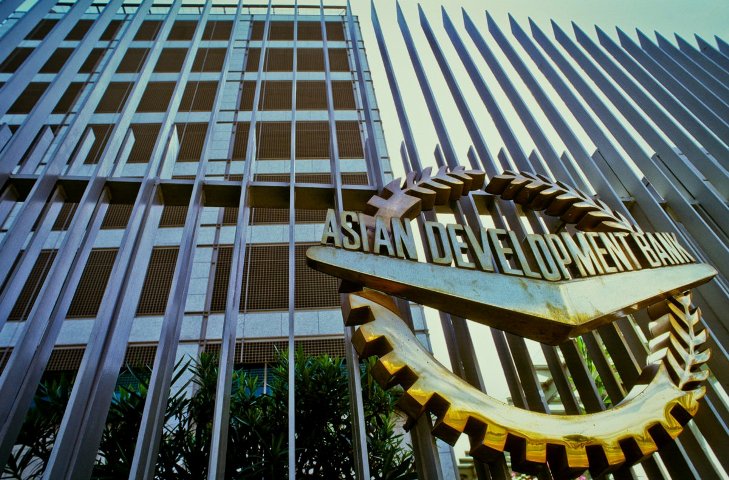ADB approves introduction of diversified financing terms for DMCs
Recipients of ADB funds are divided into three groups according to their per capita income levels and creditworthiness.

- Country:
- Philippines
The Asian Development Bank (ADB) today approved the introduction of diversified financing terms for its developing member countries (DMCs) that borrow only market-based loans from the institution. The new pricing structure will be effective on 1 January 2021.
Recipients of ADB funds are divided into three groups according to their per capita income levels and creditworthiness. Group A countries are eligible for Asian Development Fund (ADF) grants and concessional loans, Group B countries have access to both concessional and market-based loans, and Group C countries have access only to market-based loans.
The financing terms offered to Group A and B countries are already diversified with a combination of grants, concessional loans, and market-based loans. Group C countries have a wider spread of per capita incomes but are all offered the same financing terms.
In the new pricing framework, Group C countries will be divided into several sub-groups according to their gross national income (GNI)—lower-middle-income, upper-middle-income, and high-income. Higher-income sub-groups will pay higher maturity premiums for longer-term loans. For instance, upper-middle-income countries with GNI per capita of $6,976 to $12,375 (in 2018 prices) will pay up to 30 basis points additional maturity premium depending on the loan tenor.
The new pricing framework will provide more favorable terms to more vulnerable countries such as small island developing states and countries transitioning from Group B to Group C.
The additional income from the new pricing will supplement existing Technical Assistance Special Funds to support policy advice, institution building, and knowledge sharing in ADB’s DMCs. The pricing framework will also help build reserves for expanding ADB’s lending capacity in the long term.
“The current flat pricing structure offered to our recipient countries borrowing only market-based loans does not reflect the high level of diversity among these countries in their income levels, capacities to mobilize domestic resources, and access to capital markets,” said ADB President Mr. Takehiko Nakao. “The new structure will enable us to continue engaging with countries at a more advanced stage of development on terms that remain fair and competitive with other multilateral development banks, and contribute to ADB’s long-term sustainability.”
This reform reflects a regional landscape that has changed over the past 50 years. The situation in Asia and the Pacific region is now different compared to 1966 when ADB was established. Most ADB recipient countries are currently middle-income countries. These countries, though with relatively higher income and strong financial capacity, still need ADB’s support to tackle pockets of poverty, strengthen institutions, and address climate change and other areas with externalities.
ADB’s Strategy 2030, approved in July 2018, set out the direction for ADB to apply differentiated approaches to various groups of countries. The diversification of financing terms is part of the comprehensive institutional reforms that started with the merging of ADF lending operations with the ordinary capital resources balance sheet at the start of 2017, which significantly increased lending for all ADB recipient countries. ADB is also implementing reforms in its procurement framework, digital transformation, and human resource management modernization, among others.
ALSO READ
ADB forecasts robust investment and consumer demand to boost India's GDP growth to 7% in FY25
Asian Development Bank ups India's GDP growth forecast to 7 pc for this fiscal from 6.7 pc estimated in December last year.
ADB terms political unrest as risk towards economic stabilisation, reforms in Pakistan
ADB remains at forefront of Capital Management through Better Clarity on Callable Capital
ADB projects India's GDP growth to reach 7% in FY25 due to strong investment and consumer demand










